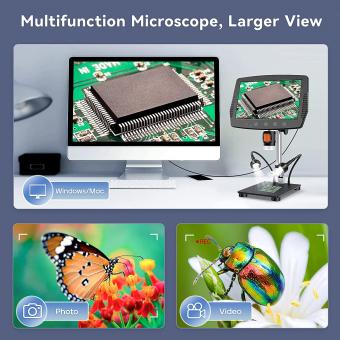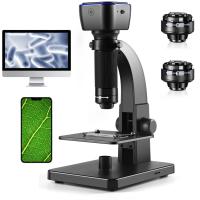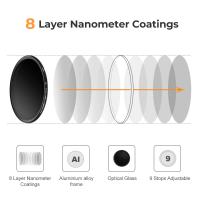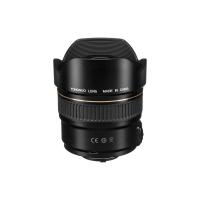Can We See Atoms In Electron Microscope ?
Yes, electron microscopes are capable of imaging atoms.
1、 Atomic resolution imaging in electron microscopy
Yes, we can see atoms in an electron microscope. Electron microscopy is a powerful technique that allows us to visualize objects at extremely high magnifications and resolutions. The ability to observe atoms in an electron microscope is known as atomic resolution imaging.
In electron microscopy, a beam of electrons is used instead of light to illuminate the sample. The electrons interact with the atoms in the sample, and this interaction produces signals that can be detected and used to form an image. By carefully controlling the electron beam and the detectors, it is possible to achieve atomic resolution.
Atomic resolution imaging in electron microscopy has been a significant breakthrough in the field of materials science and nanotechnology. It has provided valuable insights into the atomic structure of various materials, including metals, semiconductors, and biological samples. By visualizing individual atoms, scientists can study their arrangement, defects, and interactions, which are crucial for understanding the properties and behavior of materials.
However, it is important to note that achieving atomic resolution in electron microscopy is not always straightforward. Several factors, such as sample preparation, electron beam stability, and detector performance, can affect the quality of the images obtained. Additionally, the radiation damage caused by the high-energy electron beam can limit the observation time and resolution.
Nevertheless, recent advancements in electron microscopy techniques, such as aberration correction and cryo-electron microscopy, have significantly improved the resolution and image quality. These advancements have allowed researchers to push the boundaries of atomic resolution imaging and explore new frontiers in materials science and biology.
In conclusion, electron microscopy has revolutionized our ability to see atoms. With the latest advancements in the field, atomic resolution imaging has become a powerful tool for studying the atomic structure and properties of various materials.
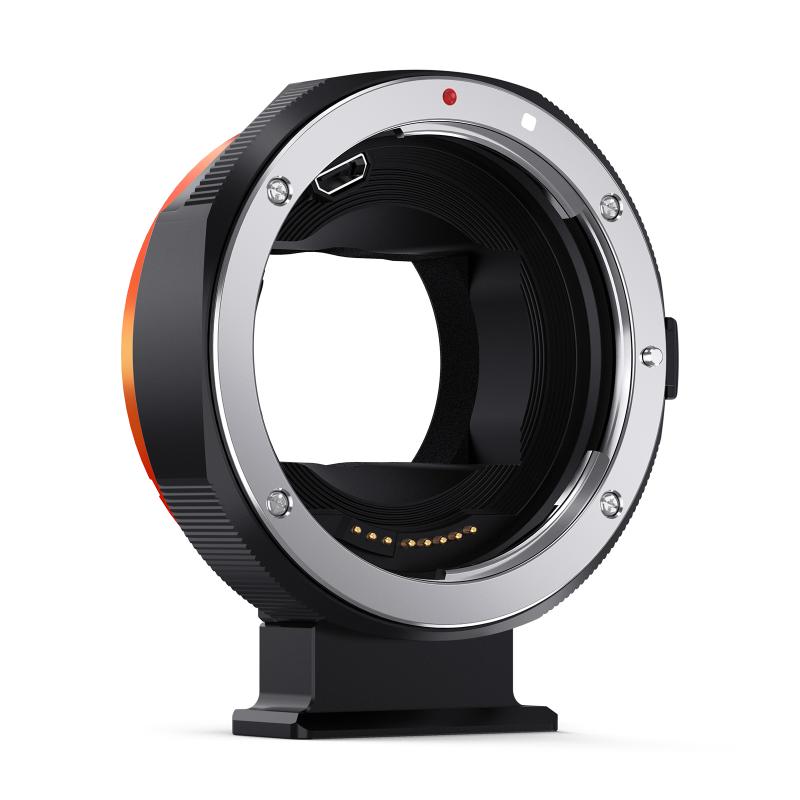
2、 Electron microscopy and visualization of atomic structures
Yes, we can see atoms in an electron microscope. Electron microscopy is a powerful technique that allows us to visualize atomic structures with high resolution. Unlike light microscopes, which use visible light to magnify and visualize objects, electron microscopes use a beam of electrons to achieve much higher magnification and resolution.
In electron microscopy, a beam of electrons is focused onto the sample, and the interaction between the electrons and the atoms in the sample produces a variety of signals. These signals can be detected and used to create an image of the atomic structure. The most commonly used signal is the scattering of electrons, which provides information about the arrangement of atoms in the sample.
With the development of advanced electron microscopy techniques, such as high-resolution transmission electron microscopy (HRTEM) and scanning transmission electron microscopy (STEM), it is now possible to directly visualize individual atoms and their arrangements in materials. These techniques can achieve sub-angstrom resolution, allowing us to see atomic structures with unprecedented detail.
However, it is important to note that the visualization of atoms in an electron microscope is not as straightforward as simply looking at a photograph. The interpretation of the images requires expertise and careful analysis. Additionally, the sample preparation process for electron microscopy can be challenging, as it often involves thinning the sample to a few atomic layers.
In recent years, there have been significant advancements in electron microscopy, such as the development of aberration-corrected electron microscopes and the use of cryogenic techniques. These advancements have further improved the resolution and image quality, enabling researchers to study atomic structures with even greater precision.
In conclusion, electron microscopy is a powerful tool that allows us to visualize atoms and their arrangements in materials. With advancements in technology, we can now see atomic structures with high resolution and detail, providing valuable insights into the world of atoms and molecules.

3、 Advances in electron microscopy for atomic-scale imaging
Yes, we can see atoms in an electron microscope. Electron microscopy has revolutionized our ability to observe and understand the atomic structure of materials. The resolution of electron microscopes has improved significantly over the years, allowing us to visualize individual atoms and their arrangements.
In traditional transmission electron microscopy (TEM), a beam of electrons is transmitted through a thin sample, and the resulting image is formed by the interaction of the electrons with the atoms in the sample. By carefully controlling the electron beam and using advanced detectors, scientists can capture images that reveal the atomic structure of the material being studied.
Recent advances in electron microscopy techniques have further enhanced our ability to see atoms. For example, aberration-corrected electron microscopy has greatly improved the resolution and clarity of images, enabling the direct observation of individual atoms and their defects. This technique corrects for the imperfections in the electron lenses, allowing for sharper and more detailed images.
Furthermore, the development of scanning transmission electron microscopy (STEM) has provided a powerful tool for atomic-scale imaging. In STEM, a focused electron beam scans across the sample, and the transmitted electrons are detected to form an image. This technique can not only reveal the atomic structure but also provide information about the chemical composition and electronic properties of the material.
The latest point of view in electron microscopy for atomic-scale imaging involves the use of advanced detectors and computational techniques to extract more information from the electron microscope images. For example, machine learning algorithms can be employed to analyze large datasets and identify atomic positions and defects with high accuracy.
In conclusion, advances in electron microscopy have made it possible to see atoms and their arrangements in great detail. These techniques continue to evolve, pushing the boundaries of our understanding of materials at the atomic scale.

4、 Limitations of electron microscopy in visualizing individual atoms
"Can we see atoms in an electron microscope?" The answer is yes, electron microscopes have the capability to visualize individual atoms. However, there are limitations to electron microscopy in this regard.
Electron microscopes use a beam of electrons instead of light to create an image. The shorter wavelength of electrons allows for higher resolution imaging compared to traditional light microscopes. This increased resolution enables scientists to observe atomic structures and even individual atoms under certain conditions.
However, there are limitations to this technique. One major limitation is the sample preparation process. In order to visualize atoms, the sample needs to be extremely thin, typically less than 100 nanometers. Preparing such thin samples can be challenging and may introduce artifacts or distortions.
Another limitation is the sensitivity of the electron beam to the sample. The high-energy electrons can damage the sample, causing it to undergo structural changes or even disintegrate. This limits the amount of time the sample can be exposed to the electron beam, making it difficult to capture dynamic processes or observe samples that are sensitive to electron irradiation.
Furthermore, electron microscopy is limited by the interaction of electrons with the sample. Electrons can scatter or be absorbed by the atoms in the sample, making it difficult to obtain a clear image. This is particularly true for light elements, such as hydrogen or carbon, which have low electron scattering power.
Despite these limitations, recent advancements in electron microscopy techniques, such as aberration correction and cryo-electron microscopy, have significantly improved the resolution and capabilities of electron microscopes. These advancements have allowed scientists to visualize individual atoms and even atomic-scale processes with unprecedented detail.
In conclusion, while electron microscopes can indeed visualize atoms, there are limitations to this technique. However, ongoing advancements in electron microscopy continue to push the boundaries of what can be observed, providing valuable insights into the atomic world.




